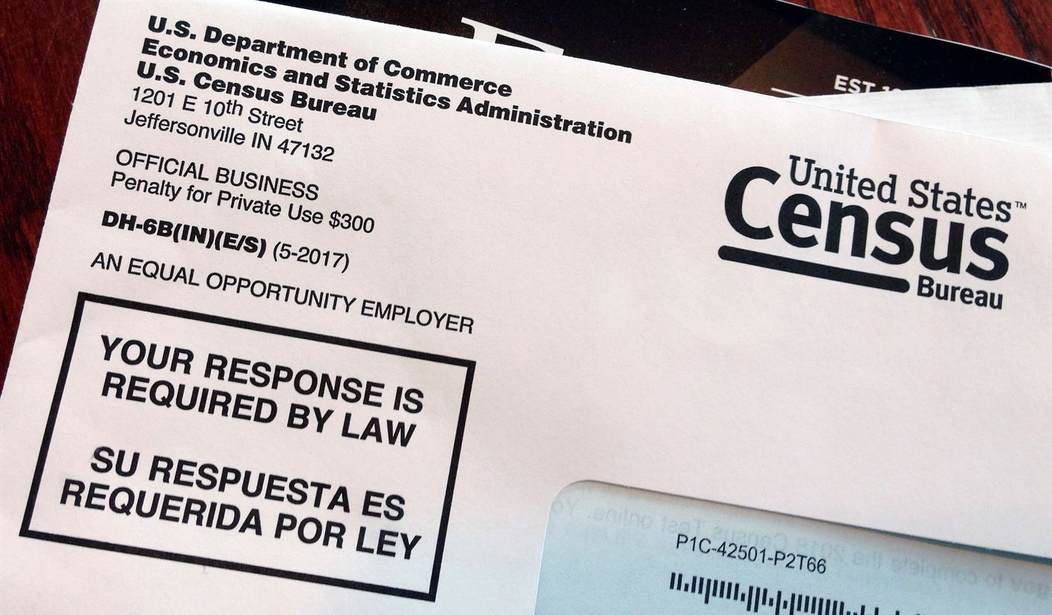There is something very fishy about the new 2020 Census Bureau data determining which states picked up seats and which states lost seats.
Most all of the revisions to the original estimates have moved in one direction: Population gains were added to blue states, and population losses were subtracted from red states. The December revisions in population estimates under the Biden Census Bureau added some 2.5 million blue-state residents and subtracted more than 500,000 red-state residents. These population estimates determine how many electoral votes each state receives for presidential elections and the number of congressional seats in each state.
Is this a mere coincidence?
These population estimates determine how many electoral votes each state receives for presidential elections and the number of congressional seats in each state.
Remember, the House of Representatives is razor-thin today, with the Democrats sporting just a six-seat majority with five seats currently vacant. So, a switch in a handful of seats in 2022 elections could flip the House and take the gavel away from current Speaker Nancy Pelosi and the Democrats. A shift of 3 million in population is the equivalent of four seats moving from Republican to Democrat.
The original projections for the Census reapportionment had New York losing two seats, Rhode Island losing a seat and Illinois perhaps losing two seats. Instead, New York and Illinois only lost one seat, and Rhode Island lost no seats. Meanwhile, Texas was expected to gain three seats, Florida two seats and Arizona one seat. Instead, Texas gained only two seats, Florida only one and Arizona none.
Was the Census Bureau count rigged? Was it manipulated by the Biden team to hand more seats to the Democrats and to get more money -- federal spending is often allocated based on population -- for the blue states?
The evidence is now only circumstantial, but when errors or revisions are almost all only in one direction, the alarm bells appropriately go off.
Recommended
Here are some of the strange outcomes in the Census revisions just released:
No. 1: New York -- We've been tracking the annual population/migration changes between states since the last census in 2010. Over the past decade, New York LOST about 1.3 million residents on net to other states. (This does not include immigration, births and deaths.) Still, this is a population loss that is the equivalent of two, maybe three, lost congressional seats. But the final numbers ADDED approximately 860,000. That's roughly twice the population of Buffalo and Rochester -- combined. This is the state that has lost by far the largest population over the past decade.
No. 2: Many deep-blue states had 2020 census numbers significantly revised upward from their December estimates: Connecticut, Hawaii, Illinois, Massachusetts, New Jersey, New York, Rhode Island and Vermont.
No. 3: Many red states had 2020 census numbers lower than their 2020 estimates: Arizona, North Carolina and South Carolina.
No. 4: Going back to the 2010 Census, the final head count in every state was within 0.4% of the original estimate, and 30 of them were within 0.2 percent. This time around, 19 states were more than 1 percent off, 7 were more than 2 percent off, NY was more than 3.8 percent off, and NJ was more than 4.5 percent off.
No. 5: Virtually every one of the large deviations from the estimates favored Democrats. Just five states in the 2020 census were within the same margin (0.41 percent) that all states were within from the 2010 census.
Maybe the 2010 estimates were abnormally accurate, or maybe the 2020 estimates were abnormally inaccurate. The Census Bureau needs to tell Congress why these revisions under former President Barack Obama were so much larger than normal and so weighted in one direction: toward the blue states.
Stephen Moore is a senior fellow at the Heritage Foundation and an economic consultant with FreedomWorks. He is the co-author of "Trumponomics: Inside the America First Plan to Revive the American Economy."

























Join the conversation as a VIP Member